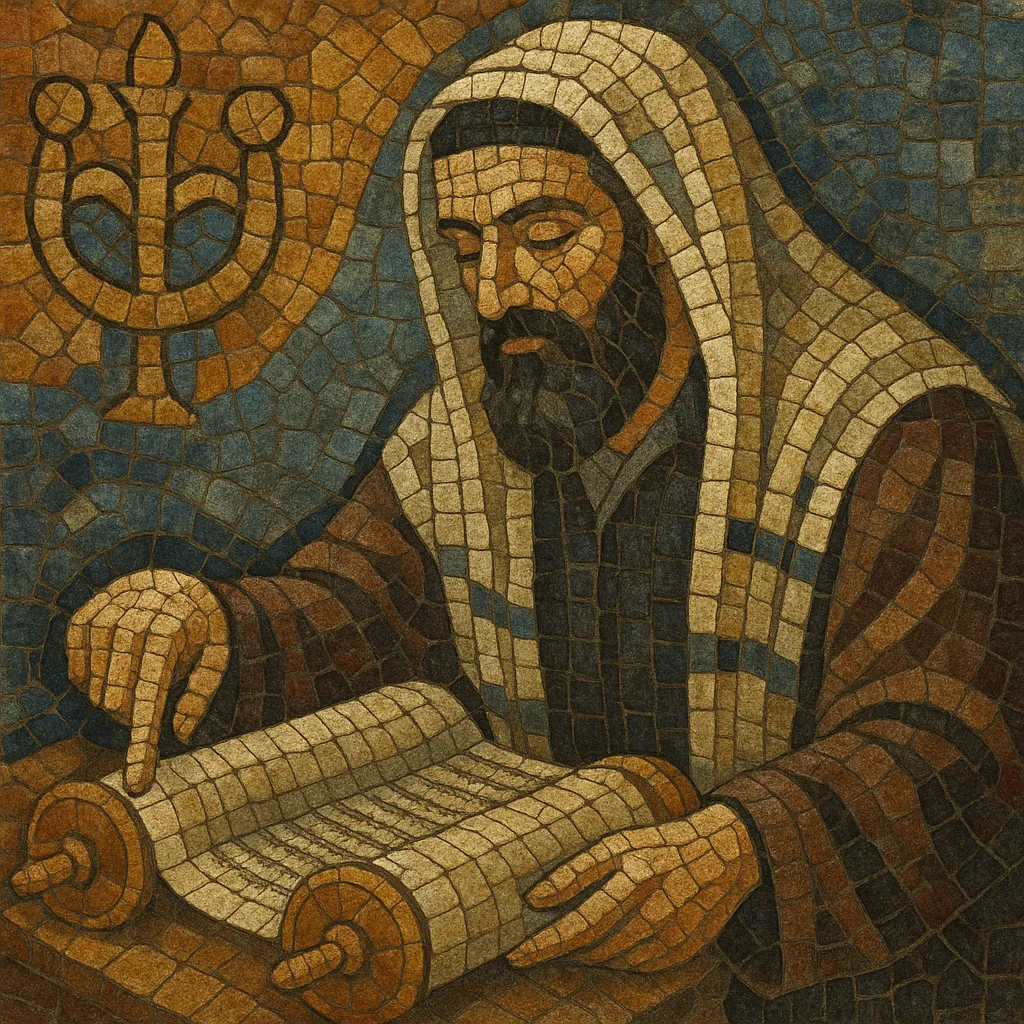Kriyat HaTorah (Torah reading) is the ritual chant of the Five Books of Moses in the synagogue, performed from a scroll without vowels or punctuation. Its melody follows the system of te'amim (cantillation signs), which encode both musical motives and syntactic phrasing.
The practice is strictly vocal and unaccompanied, led by a ba'al koreh (reader). While the function is liturgical and textual, the music displays rich regional variants—Ashkenazi, Sephardi, Mizrahi, and Yemenite—each with characteristic motifs and modal colors. The rhythm is flexible and speech-driven, and the melody serves the grammar and meaning of the Hebrew text rather than fixed meter.
Beyond its devotional role, Kriyat HaTorah preserves one of the oldest living chant traditions in Judaism, crystallized in the Tiberian Masoretic system yet articulated differently across the Jewish diaspora.
Public Torah reading dates to antiquity, with regular synagogue readings attested in Second Temple and post-Temple eras. The musical aspect—cantillation—originated as an oral system of melodic-intonational cues that marked phrasing, emphasis, and syntax.
Between the 8th and 10th centuries in Tiberias, the Masoretes standardized the written cantillation system (the te'amim) alongside vowel pointing. While the signs record grammatical and musical functions, their exact melodies remained oral and thus diverged regionally over time.
As Jewish communities spread, distinct melodic traditions formed:
• Ashkenazi rites often emphasize motives akin to the Ahava Rabbah (Phrygian dominant) sound and a declamatory, speech-like delivery. • Sephardi and Mizrahi traditions frequently align weekly readings with maqam choice, mapping the portion’s theme to a modal framework (e.g., Maqam Hijaz, Nahawand). • Yemenite (Teimani) chant maintains highly conservative pronunciation and ornamental micro-interval inflections.In the modern era, Kriyat HaTorah remains central across Orthodox, Conservative/Masorti, and Reform/Egalitarian settings, with differences in pronunciation, role distribution, and participation. Teaching methods expanded from oral apprenticeship to printed tikkunim (study texts), recordings, and notation-aware software, ensuring continuity while accommodating local stylistic nuances.


%2C%20Cover%20art.webp)
